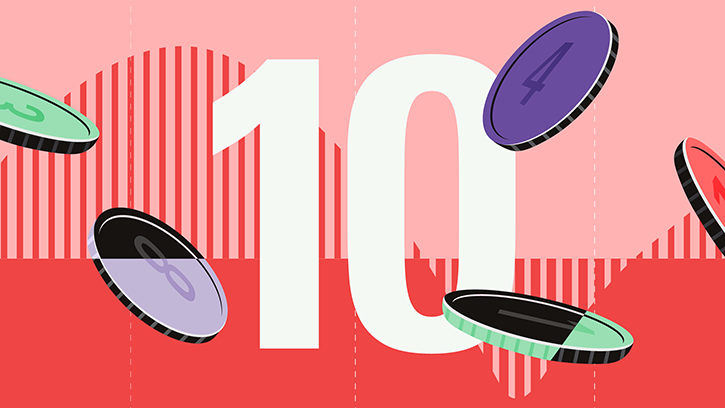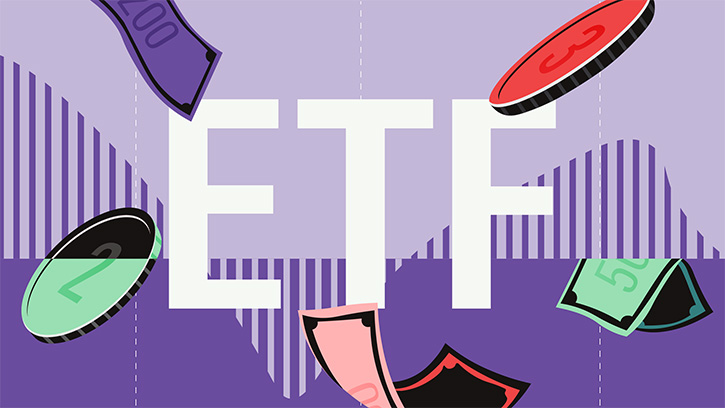
The first six months of 2023 have certainly been eventful, and, in some cases, difficult.
Interest rates are higher than expected, while inflation is still stubbornly high. For some funds, performance is not exactly what managers envisaged either.
It's therefore worth reviewing the funds that have fallen from being coveted top performers to bottom of the barrel this year. We review this by comparing the funds' performance against each other within their respective categories.
All the funds featured in our list are domiciled in the UK and hold at least £150 million in assets. Furthermore, they must feature in the top percentile of performers in 2022 – i.e., the placing of a particular fund in relation to its peers – and in the bottom in 2023.
The ranking stretches from 1 for the best performer to 100 for the lowest (irrespective of the number of funds in the Morningstar Category).
More specifically, the fund must have been among the best 5% last year (in the fifth percentile or lower), while, so far this year, they’re hovering in the bottom 5% (also known as the 95th percentile or higher).
This gives us a list of 11 funds, six of which are Morningstar Medalists.
The Biggest Fallers
Seven of the 11 are allocation funds; three invest in equities only; two are bond funds.
Royal London UK Income with Growth is the fund that fell the furthest back in its category, GBP Allocation 60-80% Equity, but also across our entire list, as its returns fell to the 100th percentile. The fund is down (-2.79%) this year, but it was only up 0.27% in 2022, making that fall from the top 2% a lot less dramatic.
Three more funds saw performance drop to the lacklustre 99th percentile: BlackRock Absolute Return Bond, M&G UK Income Distribution and Merian Global Strategic Bond.
Again, none of these funds have had very dramatic return swings: their 2022 figures hover between negative 0.17% and positive 3%, while year-to-date figures range between negative 1-4%.
The two largest funds featured are LF Ruffer’s Absolute Return and Total Return, at £4 billion at £3 billion. Both funds carry Bronze Medalist Ratings, are part of the GBP Flexible Allocation category, and returned between negative 6-7%, sending them straight to the 96th and 95th percentile.
It is now worth mentioning that a fund falling from one end of the spectrum to the other is not a sign of drop in quality, but rather a sign of high volatility and risk. LF Ruffer Absolute Return, for instance, is the third-best performer overall in this list over a five-year period, returning 4.1% on an annualised basis.
Should I Buy or Sell?
If you’re a contrarian, using this list could help you find potential "dog" funds to invest in. Meanwhile, at the other end of the spectrum, it can highlight the need to be selective when choosing a fund manager, and the importance of monitoring whether your investments are delivering value for money. No one wants to hold an underperforming fund.
This does not necessarily mean you should sell if you hold any of these funds either. As Bestinvest writes in its biannual Spot the Dog report: "deciding whether to stay invested or switch is all about assessing its future prospects and whether you might be able to do better elsewhere".
After all, short-term periods of weakness from bad luck or value rotations can be forgiven, but other factors like management changes, funds becoming too big, or major divergences from previously-successful approaches could be cause for concern.
This is where long-term performance comes in, and it's why the Morningstar Medalist Rating, which looks at everything from the manager and company to performance, methods, and fees, can help. It is our full expression and forward-looking view on all rated strategies.
The rating reinforces a consistent, long-term investment process and is a resource that gives investors, fund selectors and advisers the resources to analyse the quality of funds.
Moreover, to be eligible for a Gold, Silver or Bronze rating, Morningstar expects funds to have a "high likelihood of generating positive alpha after fees".




























